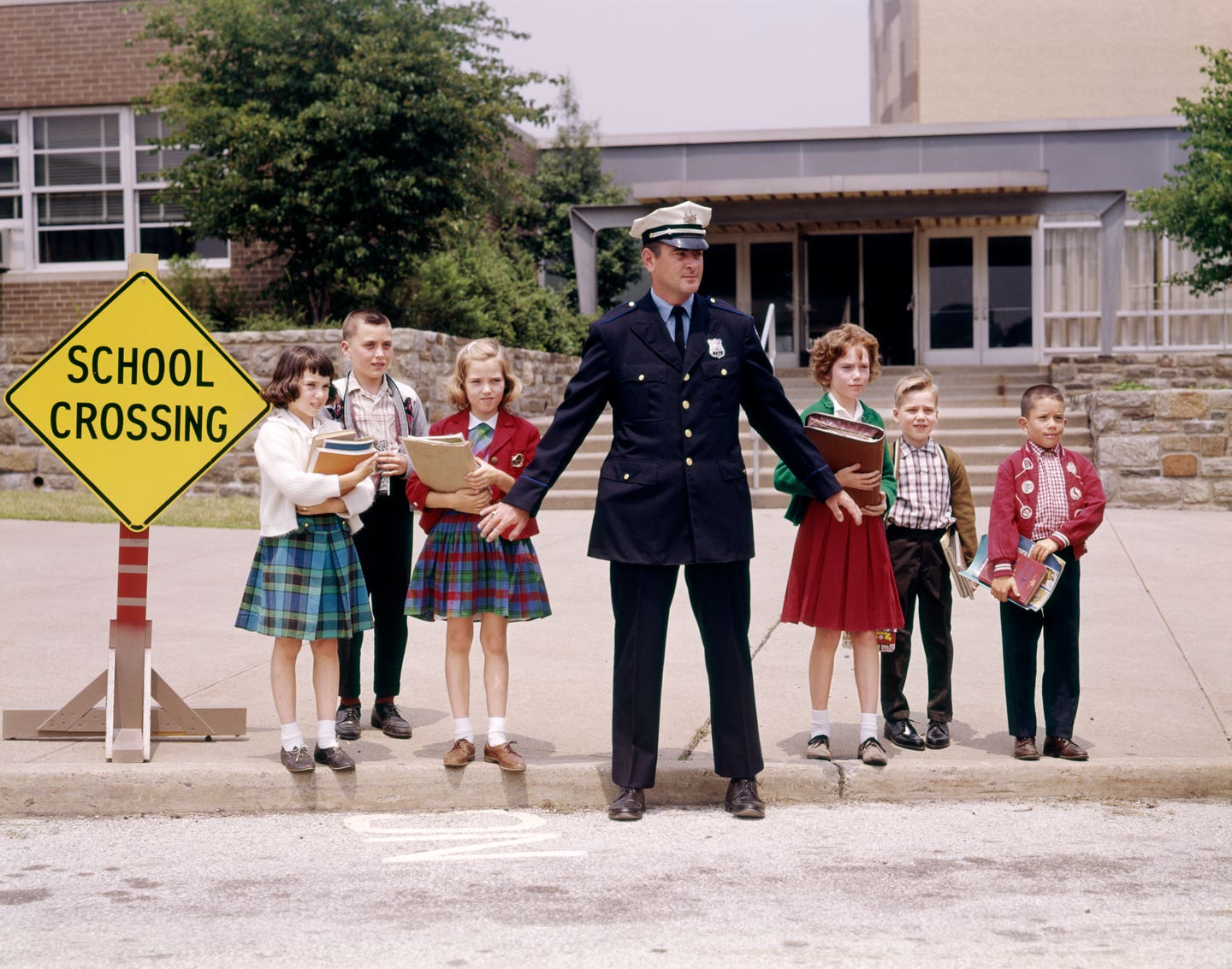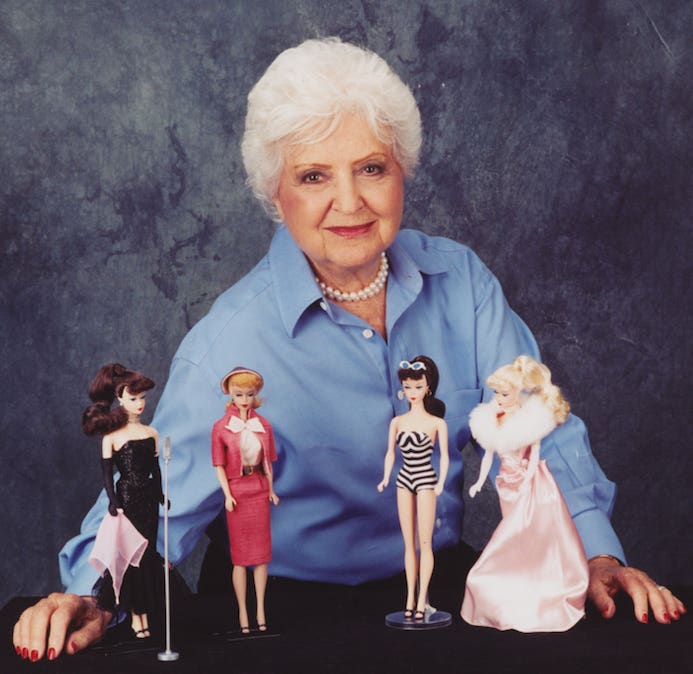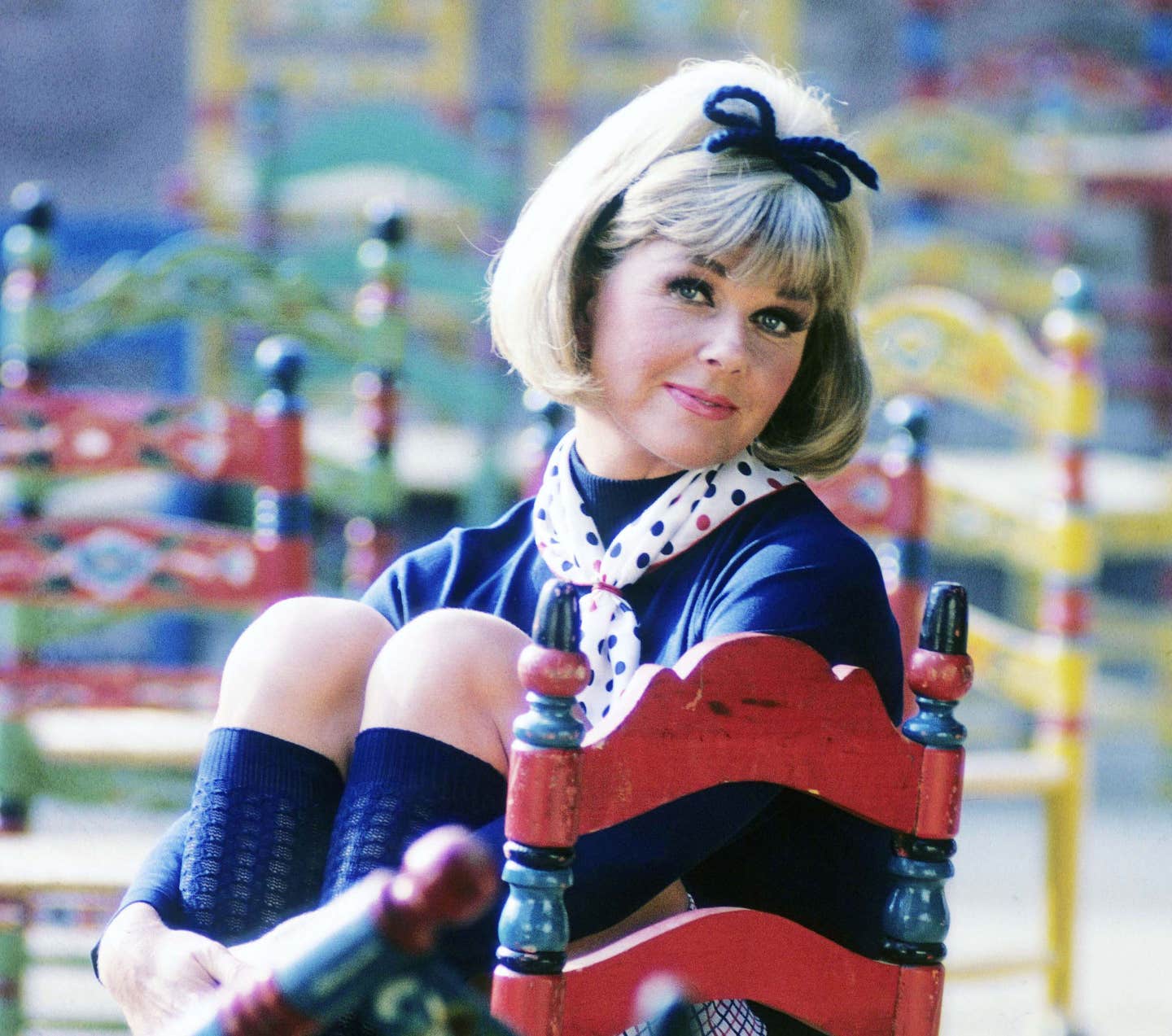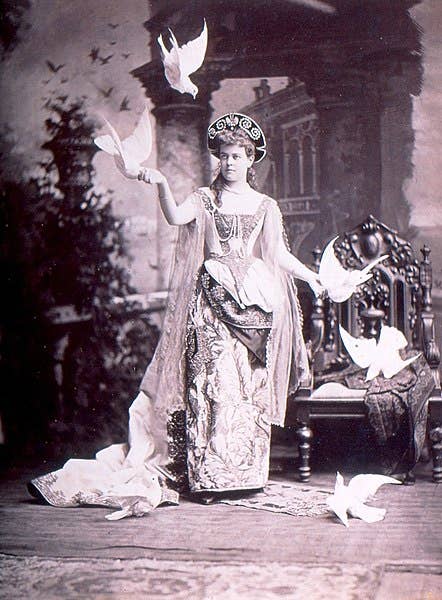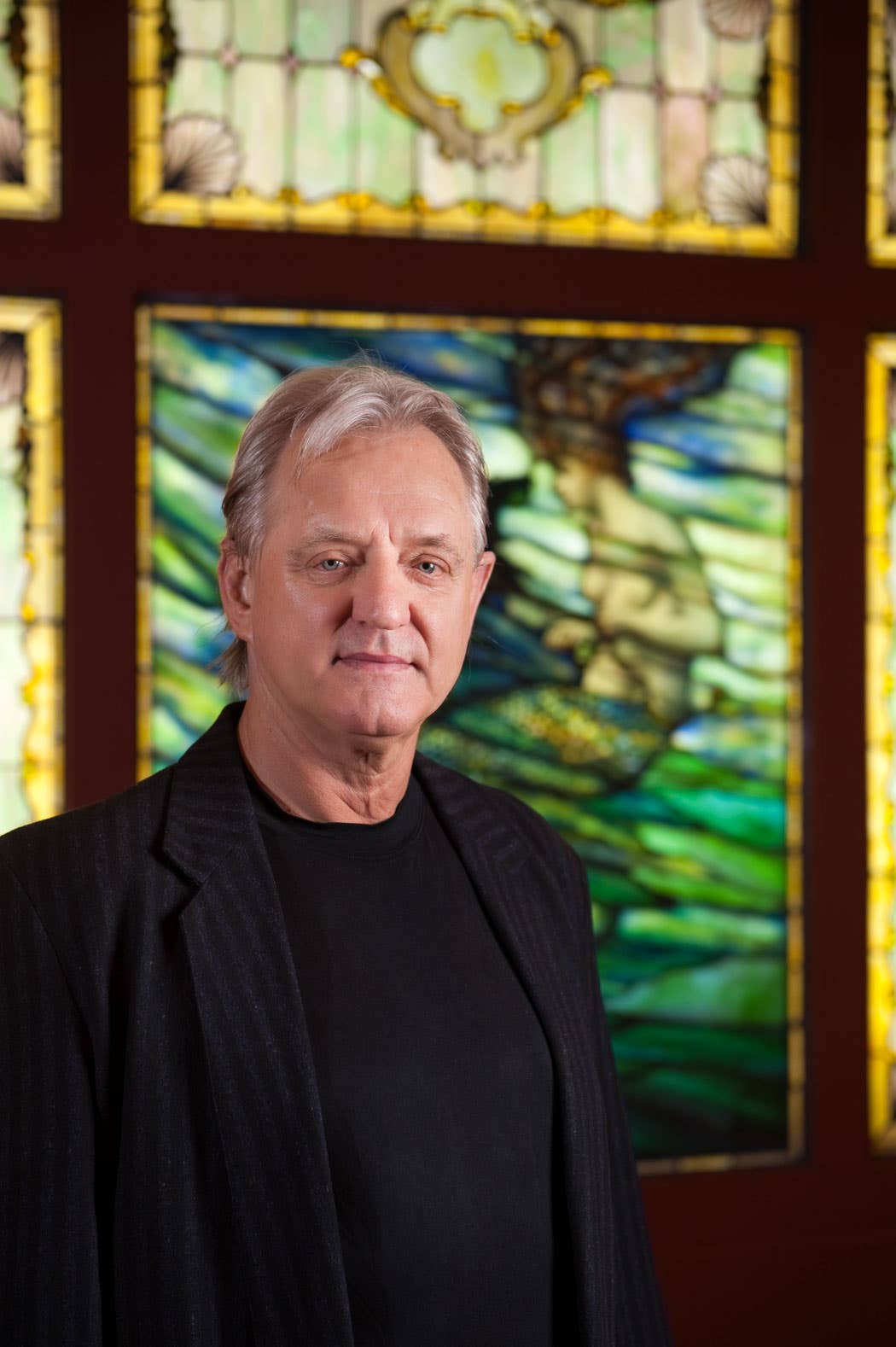Master of Timekeeping: One of the world’s oldest astronomical clocks is still tracking the universe
Created in 1410 by clockmaker Mikuláš of Kada and Jan Šindel, a professor of mathematics and astronomy, the clock is a marvel of art and mechanical ingenuity.
In the Middle Ages, a clockmaker created a clock for Prague’s town square that was so magnificent he was approached by other countries to build one for them.
Fearing that he would build a more beautiful clock for another nation, town officials had him blinded so that he could never duplicate his masterpiece.
Driven mad, the clockmaker sought his vengeance by climbing the clock tower and literally throwing himself into his spectacular work of art — ending his own life and jamming the gears in one fell swoop — and putting a curse on his creation so that anyone who tried to fix it would either die or at least go insane.
This legend may not be true, but one thing is: Prague’s famous clock, The Orloj, really is magnificent.
Created in 1410 by clockmaker Mikuláš of Kada and Jan Šindel, a professor of mathematics and astronomy, the clock is a marvel of art and mechanical ingenuity. Weathering the storm of time, and also surviving an attack by the Germans during the Prague Uprising in 1945, the clock has been keeping track of the universe for more than 600 years. It is one of the oldest, and perhaps most well-known, astronomical clocks in the world that is still functioning.
Mounted on the southern wall of Old Town Hall in Prague’s Old Town Square, this ornamental timepiece, with its glittering hands and complex series of filigreed wheels, has three specially designed main components of its mechanism to display astronomical information: the dial, animated figures and a calendar.
The Dial
The Orloj’s impressive and beautifully ornate astronomical dial does much more than just mark the hours of the day in Babylonian, Old Bohemian, German and Sidereal time. It also shows the moon’s phases and the sun’s journey through the constellations of the zodiac.
Its astronomical dial is a form of the mechanical astrolabe, which was commonly used in medieval timekeeping and astronomical studies. Because it displays the current state of the universe, the Orloj, in theory, can be considered a medieval planetarium.
The background of the dial represents the Earth and sky, and is surrounded by four main moving components: the zodiacal ring, an outer rotating ring, an icon representing the sun, and an icon representing the moon.
There’s a blue circle in the center of the dial that symbolizes the Earth, and the upper blue is the portion of the sky that is above the horizon. There are red and black areas that indicate portions of the sky below the horizon. During the daytime, the sun sits over the blue part of the background and at night it sits over the black. During dawn or dusk, the mechanical sun is positioned over the red part of the background.
There are golden Roman numerals at the outer edge of blue circle that are the timescale of a normal 24-hour day and curved golden lines divide the blue part of dial into 12 parts that are marks for unequal “hours.” These hours are defined as one-twelfth of the time between sunrise and sunset, and vary as the days grow longer or shorter during the year.
Superimposed on the main astrolabe is the Zodiacal ring, which displays the various signs of the zodiac and is intended to mark the location of the sun on the ecliptic. These zodiac signs are shown in anti-clockwise order.
Animated Figures
Today, the most popular aspect of the Orloj is its animated figures, which include the Apostles, four figures of ‘virtue” and four figures of “vices.”
Crowds gather in front of the clock daily to see the twelve statues of Apostles appear at the doorways above the clock every hour of the day. The Apostles appear in the top left and right windows, as viewed from the square in this order: James and Peter, Andrew and Matthias, Thaddeus and Philip, Thomas and Paul, John and Simon, Barnabas and Bartholomew.
Four figures flanking the clock are also set in motion on the hour, and represent four things that were despised at the time the clock was made: vanity — represented by a figure admiring himself in a mirror; greed — represented by a miser holding a bag of gold; death — represented by a skeleton that strikes the time upon the hour; and a figure that represents lust and earthly pleasures. On the hour, the skeleton rings the bell and rotates an hourglass in order to show the vice figures that their time is up, but they shake their heads.
Calendar
Below the main astrolabe and clock is the calendar dial that has various painted “medallions.” with each one representing the calendar months.
The subject of each shows various figures in fields to indicate the months and seasons. Another smaller set of images are displayed closer to the center, each representing each of the signs of the zodiac.
The current date is tracked around the circumference of the dial, which also indicates annual events in the church calendar, such as Saints’ Feast Day.
The basic structure of the clock’s machine has not really changed since the Middle Ages and around three-quarters of its original components remain.
In 2018, the Orloj had its most extensive restoration since being badly damaged in 1945. After nine months of renovations, the clock was restored to its former glory and has been back on view since.
For more information about the clock and a 3D virtual tour, visit www.prague.eu.




